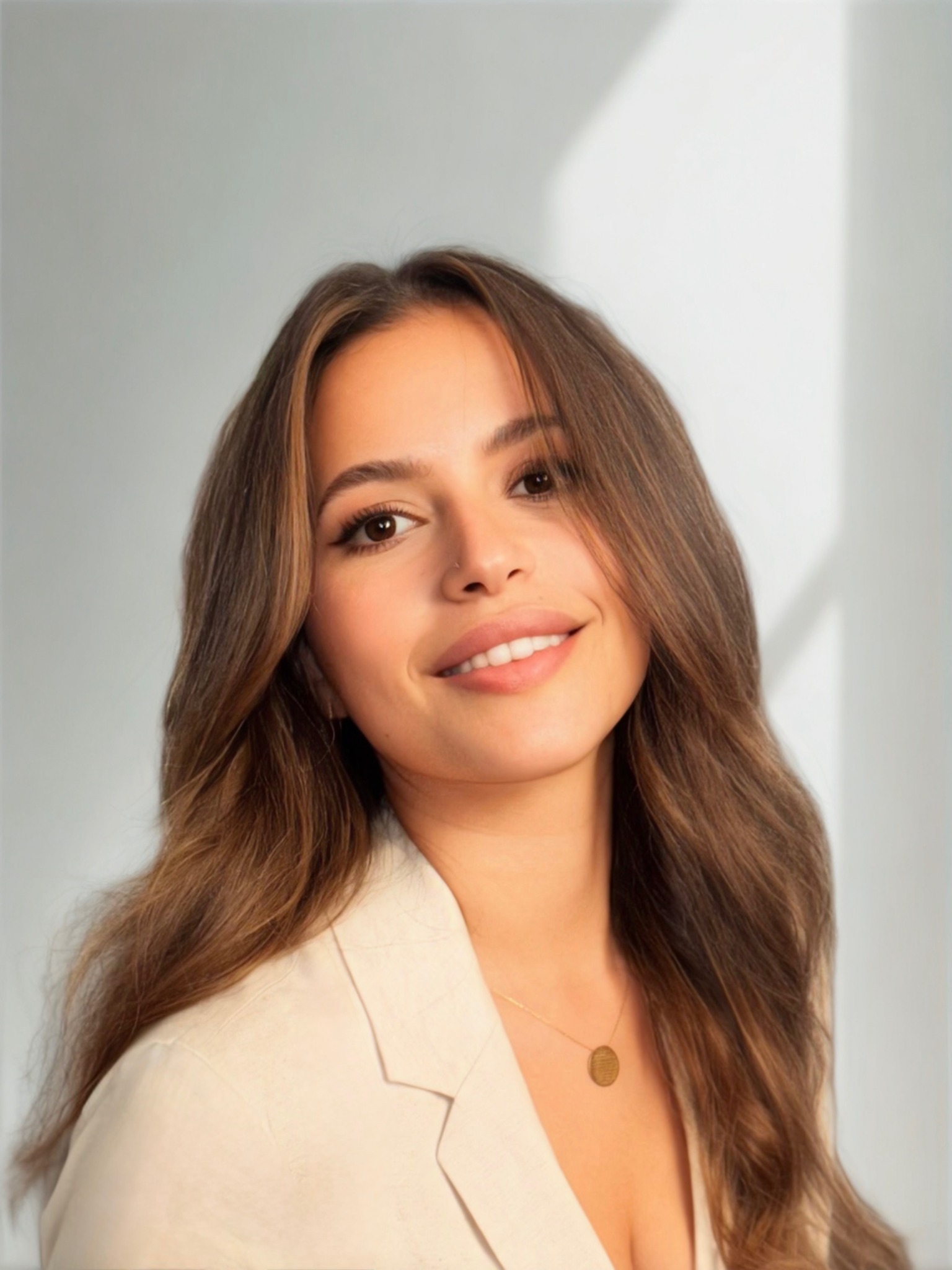We were lucky to catch up with Chaimae Oualid recently and have shared our conversation below.
Chaimae, appreciate you joining us today. Can you take us back in time to the first dollar you earned as a creative – how did it happen? What’s the story?
The first person to ever buy my art was my grandma. I was around twelve when I painted my first piece back in 2008. It was inspired by a story we were reading in Arabic class about a girl from a tribe walking through the mountains. The painting shows her from behind, facing the mountains ahead. I used to draw a lot back then, but that was the first time I ever picked up a paintbrush. My grandma bought it for twenty dollars just to encourage me to continue painting. She genuinely believed in me, and that made me believe in myself.
Not long after that, I sold three more paintings to a woman from Casablanca who had found my work on an online marketplace. They were portraits of Marilyn Monroe inspired by Andy Warhol. She asked if I could deliver them to her. I remember laughing and explaining that I was only twelve, I didn’t drive, couldn’t take the train alone, and didn’t want to bother my parents. So she drove an hour to pick them up.
My grandma still has that first painting. She framed it herself and hung it by the entrance of her house in Rabat, Morocco, so it’s the first thing you see when you walk in. Every time she has guests over, she points to it proudly and says, “Hadak awal tableau dial Chaimae, kent chritou ghir b 200 dirhams hadi sanawat w ma 3emerni ferret fih. Daba koun tchouf fin wslat tbarkellah.” (“That’s Chaimae’s first painting. I bought it for 20 dollars years ago and never let go of it. If only you saw how far she’s come, God bless her.”)
Now, whenever I show her pictures of my paintings in exhibitions or in collectors’ homes, she reminds me that she’ll always be the one to own my most valuable painting. And she’s right. It means so much to me. Every time I visit her, that painting makes me smile uncontrollably. It’s so badly painted, but it takes me right back to my childhood. In the messiness, I can see the little hands that painted it and I see how far I’ve come.
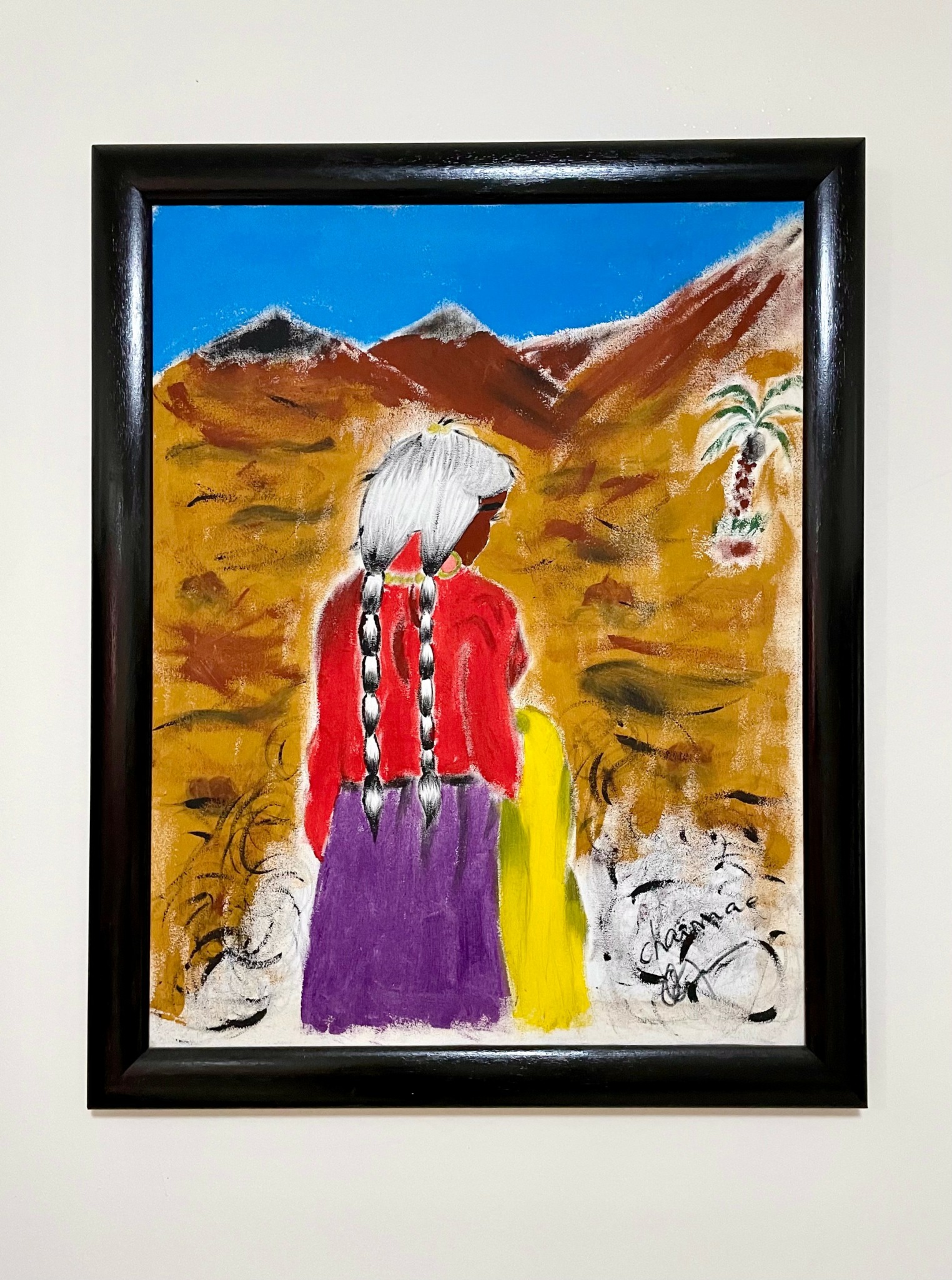
Awesome – so before we get into the rest of our questions, can you briefly introduce yourself to our readers.
I’m Chaimae Oualid. I was born and raised in Morocco and moved to the U.S. in 2014 to pursue my studies. I’m currently in my final year of medical school and working toward a career in emergency medicine. Alongside medicine, I’m also an artist.
I began painting professionally in 2020 while I was working in a COVID-19 vaccine clinical trial. It was during the peak of the pandemic, and I remember thinking how lucky I was to still meet people face-to-face. Every day, I would listen to participants talk about their experiences, their routines, their fears, and the changes in their lives, and it all felt relatable. That’s when I painted Dissociation.
The painting reflected both what those participants were feeling and what I was going through myself at the time. It captured that sense of drifting between clarity and confusion, of being present, yet disconnected. I was on my third and final attempt at applying to medical school, and it was one of the lowest points in my life. I was exhausted and unsure of what would come next. Painting became the thing that pulled me out of that space. It taught me how to sit with failure instead of fearing it, and how to move forward even when things don’t make sense. It reminded me that sometimes we grow the most when we’re lost.
Since then, painting has become a huge part of my life and identity. I’ve exhibited my work in Florida and abroad and sold over twenty original paintings. Painting became how I reset mentally, both in my personal and professional life. During medical school, I would paint after every exam, and it’s what helped me stay sane.
My process is completely intuitive. I never start with a draft; I begin with a blank canvas and let each mark, whether a brushstroke, a line, or a shift in color, guide the next. Images and meaning appear as I move. Collectors often see things in my work that I don’t even notice myself, which makes it feel relatable beyond me. That’s what sets my work apart, I think. It’s the honesty behind it. Each piece comes from emotion and intuition, not a plan. My paintings are personal, but open enough for others to see themselves in them.
I recently started taking commissions, which wasn’t something I planned to do at first because I don’t like being limited creatively, but I ended up enjoying it. Collectors usually share a few colors or art movements they love, and I interpret those freely. I also visit their homes beforehand to get a sense of their taste and how they live with art. That part of the process made me appreciate connection through creativity even more.
I also work on creative collaborations. I have a parternship with Meeden Art, who sponsors me with high-quality art supplies. More recently, I’ve teamed up with Euroky, a vitality drink brand that combines wellness and creativity. The brand has been very supportive of artists, which is something I really value. I’m designing a limited-edition collection: we’re imagining Euroky’s 4-pack cartons as art. I am working on ten unique designs that bring together creativity, wellness, and sustainability.
Right now, I’m balancing both worlds, medicine and art, and I think that’s what makes my story a little different. They seem unrelated, but they both come from the same place of observation and emotion.
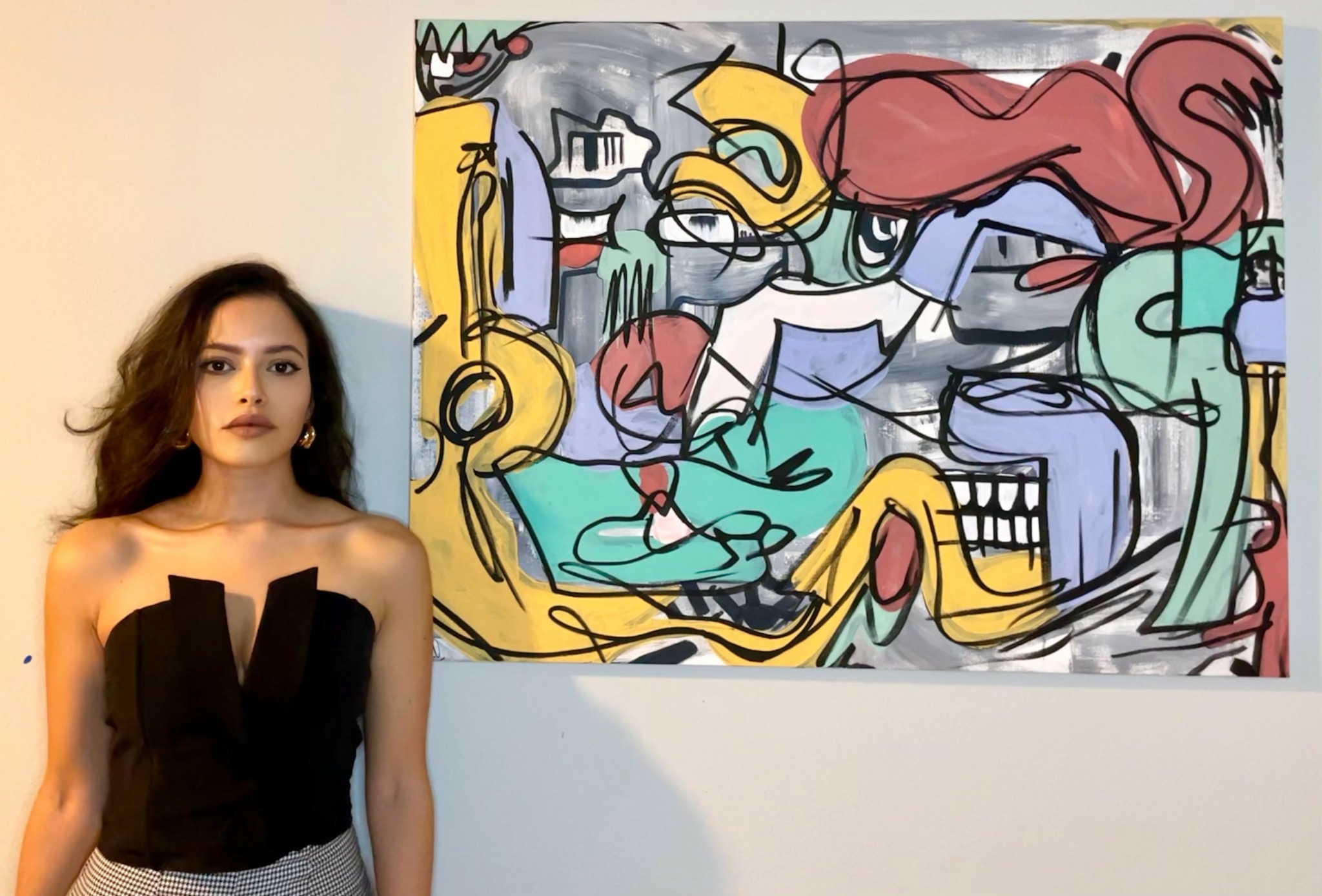

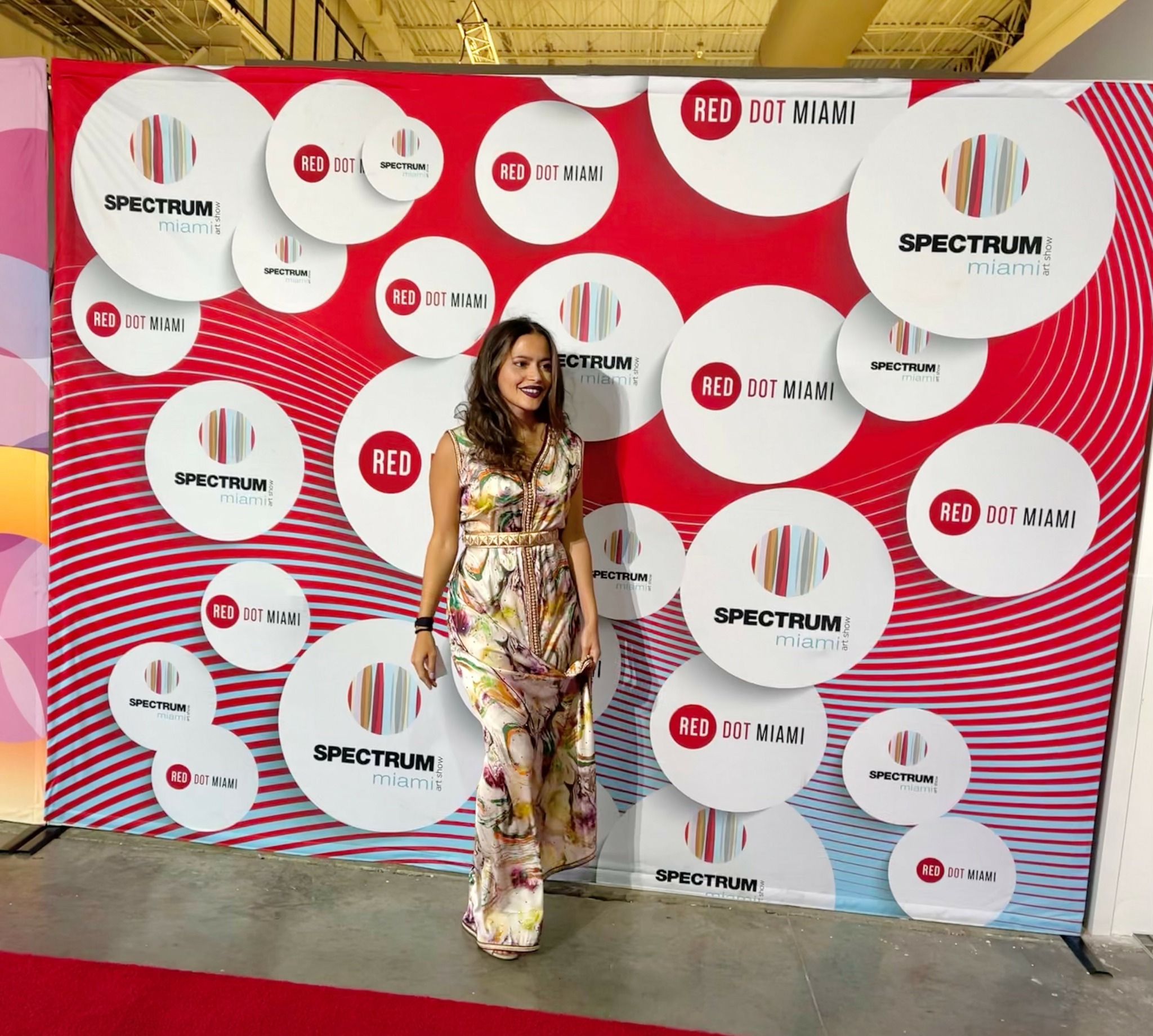
What do you think is the goal or mission that drives your creative journey?
My biggest dream is to open my own gallery, a space where people can walk in any day and see my work in person. I love the idea of creating a place that feels open, warm, and alive, where my work isn’t something distant or reserved for special events, but something people can experience whenever they want.
Right now, the paintings I haven’t sold are hung in my place, and I always wish more people could see them up close. Whenever friends come over, they always react differently when they see my paintings in person. They look longer and ask questions. Sometimes, when they visit again, they notice things they hadn’t seen the first time. There’s something about standing in front of a painting, seeing the texture, the brushstrokes, the small imperfections, that creates a connection you can’t get through a screen. I want to build a space that captures that experience and allows people to connect with my work in their own way.


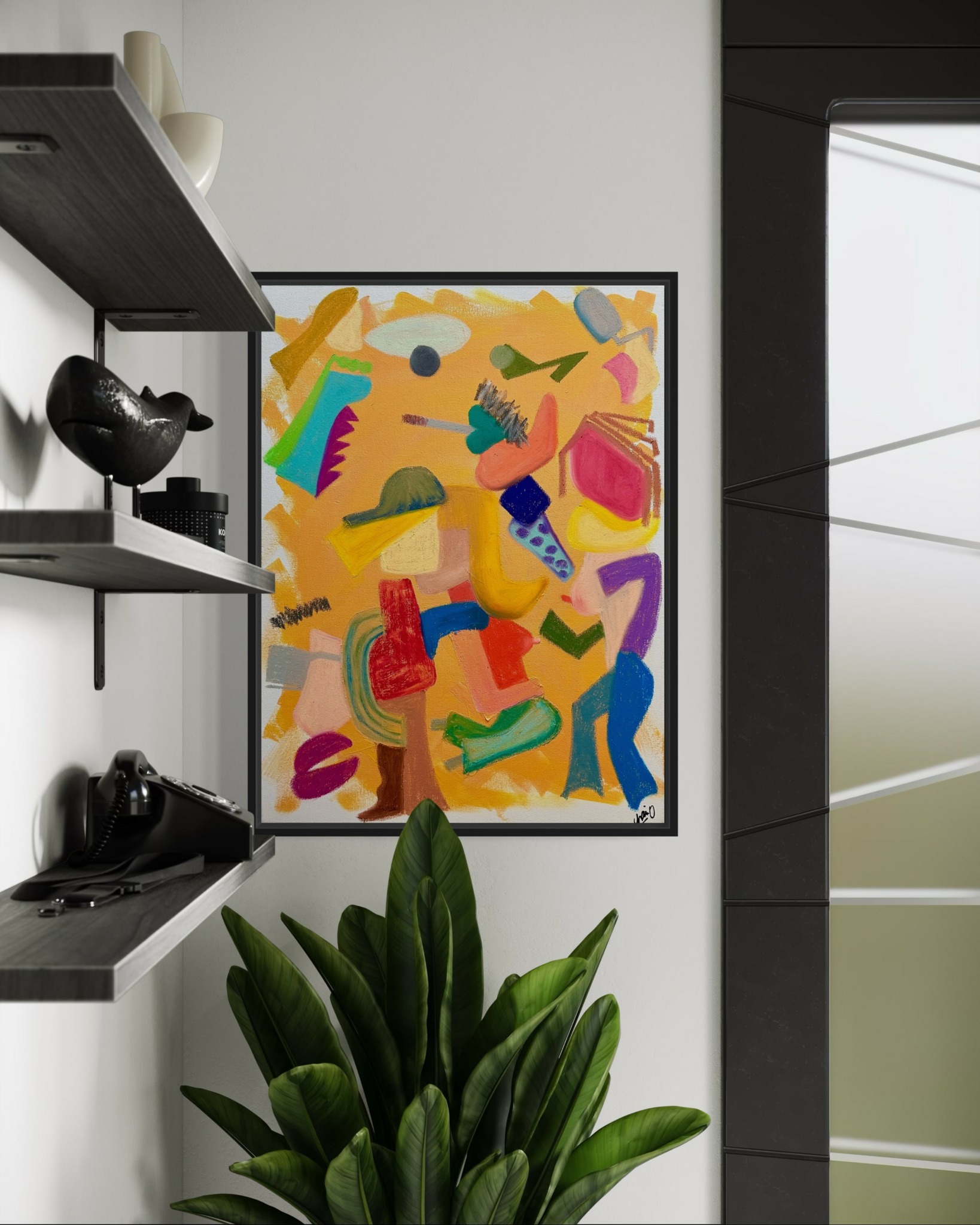
Do you think there is something that non-creatives might struggle to understand about your journey as a creative? Maybe you can shed some light?
I don’t really believe there’s such a thing as a “non-creative” person. I think everyone has some form of creativity in them; it just takes daring to do. By daring, I mean not being afraid of criticism, whether it’s your own or someone else’s, or even misinterpretation. Creativity isn’t about always being understood, it’s about expressing what you see and how you see it. It’s not something you’re born with, it comes from the environment you grow up in and the influences that shape you.
For me, a lot of it came from my mom. She was a biology teacher, but she would draw to solve almost anything in her life, whether it was teaching, planning gatherings she’d host, rearranging furniture, or even mapping out a trip. She designed our home in Morocco herself, sketching every idea on paper with a blue pen. She used to take me to the construction site when I was a kid and show me what she imagined for each corner, describing it as if she could already see it finished. She’d ask for my input and really take it into consideration, whether it fit her vision or not. She was always open to ideas and willing to listen, as long as I could show her what I meant, either by drawing it or explaining it. And when something didn’t look like what she pictured, she’d think about how to adjust it until it matched the image she had in her head. Watching her process taught me how to visualize things that don’t exist yet, how to see possibility in an empty space.
That’s exactly how I approach painting. I never start with a clear idea or draft. I begin with a blank canvas and let each mark lead me to the next. It’s not about control, it’s about trust, about letting the piece reveal itself as I go. I think that’s what many people misunderstand about creativity. It’s not a talent or a formula. It’s a way of seeing, and a willingness to follow that vision wherever it leads.
Contact Info:
- Website: https://www.chaioart.com
- Instagram: https://www.instagram.com/chai.o.art
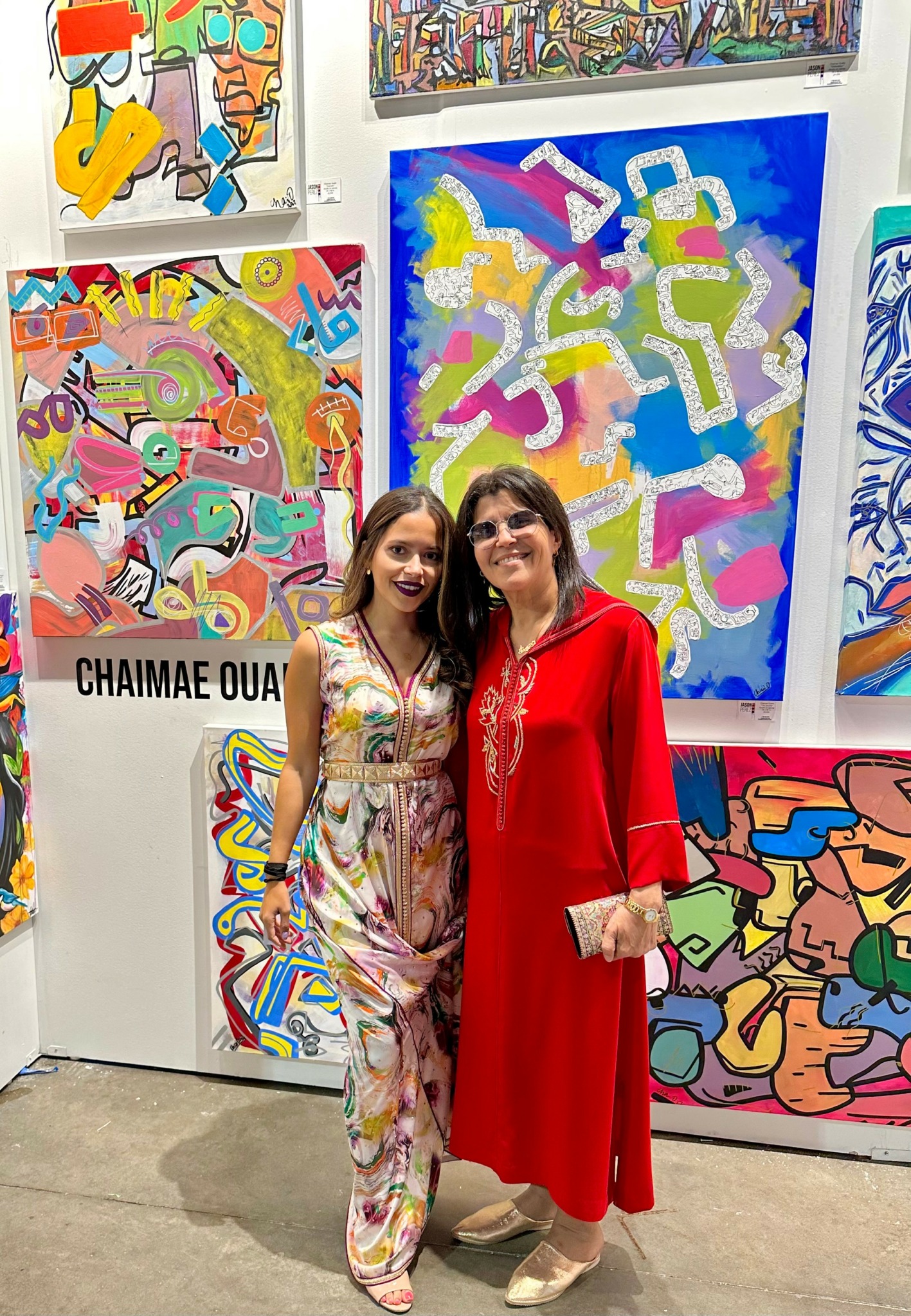
Image Credits
Headshot was taken by my talented friend Jad Kawouk.


